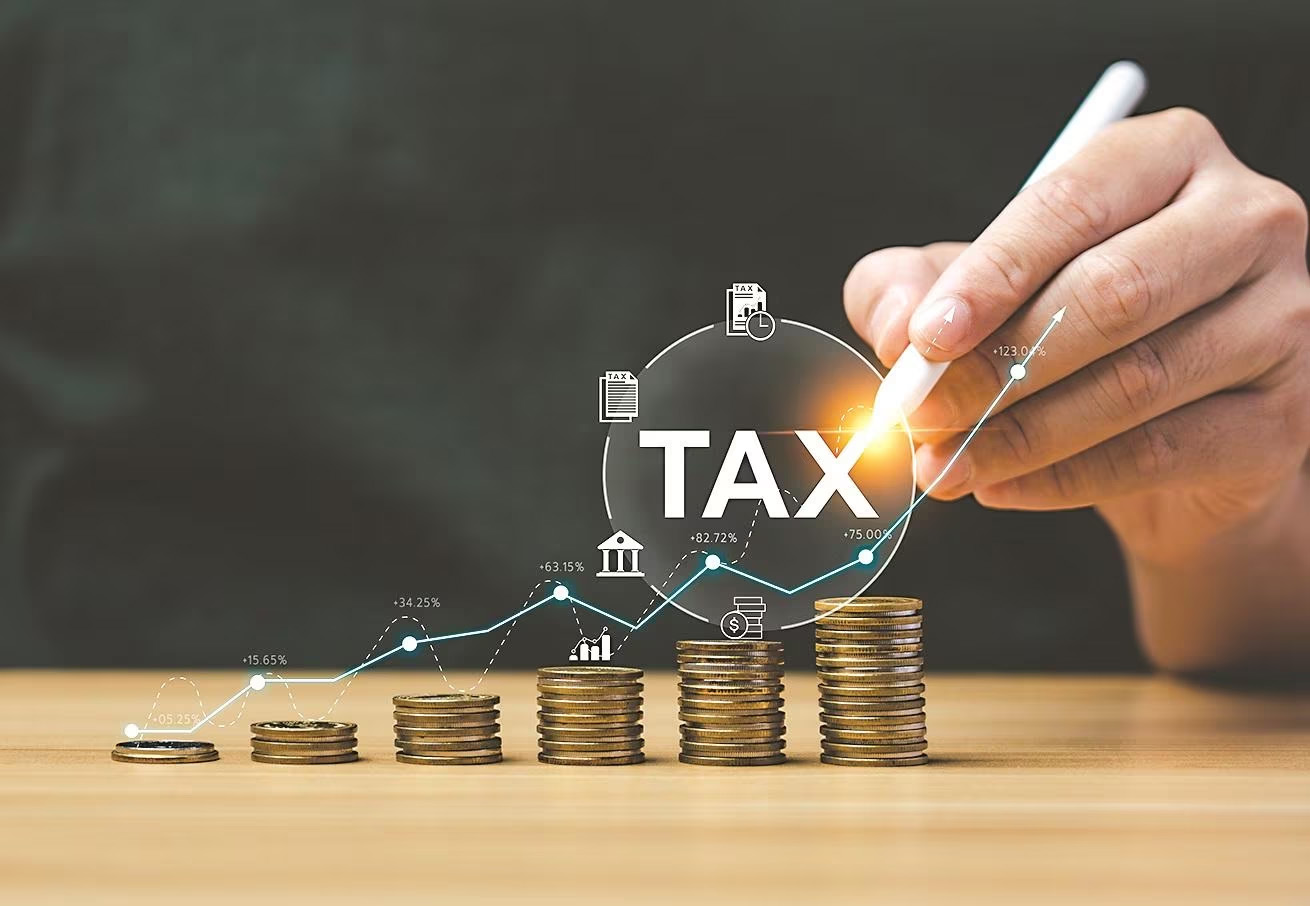Context:
- Recent government data shows that India’s net direct tax collections have slightly fallen in the current financial year (FY 2025-26) until June 19. This dip is mainly because of slower advance tax payments and a significant increase in tax refunds given out.
- Overall Dip: Net direct tax collection stands at ₹4.59 lakh crore, a decrease of 1.39% compared to the same period last year (FY 2024-25).
- Gross Direct Tax Collection (before refunds) actually grew by 4.86% to ₹5.45 lakh crore.
- Net Direct Tax Collection (after refunds) is lower because refunds have surged by 58% to ₹86,385 crore. This means the government has returned a lot more money to taxpayers this year.

Corporate Tax Slowdown:
- Net Corporate Tax collection fell by over 5% to ₹1.73 lakh crore.
- However, advance tax paid by companies, which is an indicator of future profits, grew by 5.86% to ₹1.22 lakh crore.
- Personal Income Tax Rise:
- Non-corporate tax collections (mainly personal income tax) saw a small increase of 0.7% to ₹2.73 lakh crore.
- However, advance tax from non-corporates (individuals, HUFs) dropped by 2.68% to ₹33,928 crore.
- Securities Transaction Tax (STT) Boost: STT collections increased by 12% to ₹13,013 crore.
- Government Target: For FY 2025-26, the government aims to collect ₹25.20 lakh crore in direct taxes (a 12.7% increase). So far, they’ve achieved about 18.21% of this target.
Taxation system in India:
- Direct Tax: Tax paid directly by individuals or entities to the government, such as income or corporate tax.
- Indirect Tax: Tax levied on goods/services where the burden is passed to consumers, like GST.
- Corporate Tax: A direct tax charged on a company’s net profits earned during a financial year.
- Personal Income Tax: Tax imposed on an individual’s earnings from salary, profession, business, etc.
- Securities Transaction Tax (STT): A tax on the purchase or sale of securities listed on stock exchanges.
- Advance Tax: Tax paid in installments before the end of the financial year based on expected income.
Government Budgeting:
- Government Budget: An annual financial statement showing expected revenue and expenditure of the government for a financial year (Article 112).
- Revenue Receipts: Income earned by the government without incurring liabilities, like taxes and dividends.
- Capital Receipts: Receipts that create liability or reduce assets, such as loans, borrowings, disinvestment.
- Revenue Expenditure: Day-to-day government spending that doesn’t create assets, like salaries and subsidies.
- Capital Expenditure: Spending on asset creation or loan repayment, e.g., roads, buildings, defense equipment.
- Fiscal Deficit: The gap between total expenditure and total non-borrowed receipts, showing government borrowing needs.
- Primary Deficit: Fiscal deficit minus interest payments, showing actual borrowing for non-interest spending.
- Monetized Deficit: That part of the fiscal deficit financed by borrowing from the RBI (now discontinued).
- Budget Estimates (BE): Projected figures for revenue and expenditure for the upcoming year.
- Revised Estimates (RE): Updated estimates for the current year based on actual trends and receipts.
- Zero-Based Budgeting: A method where every expense must be justified for each new period, starting from zero.
- Outcome Budgeting: A performance-based approach that links allocation to measurable outcomes and results.

